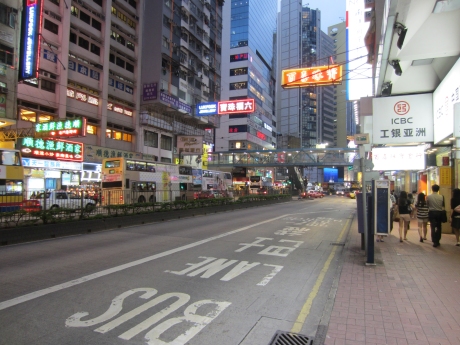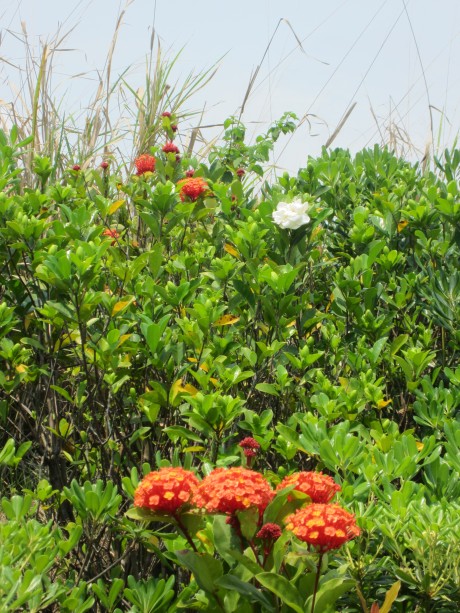How do we deal with our memories?
I have never, it seems, been a good planner. For most of the past two years (two years!) I’ve been trying, largely unsuccessfully, to find some broader meaning to all of the experiences I posted on the Hong Kong Project. It began with time landmarks: one month, six months, one year…but nothing ever materialized. The easy way, I guess, would have been to catalog the new experiences I’ve faced since that fateful first flight, and to talk about how things have changed in the time that’s passed.
But I’ve never been a good planner. Like most of the excursions, meditations, and frustrations that made the Project what it (surprisingly still!) is today, all the ideas I like, or think I like, come at the most unexpected times. Most of them die off, or float back to the surface in more disfigured, less recognizable shapes. Very few, if ever, have made it to shore.
Not this time. Because I think I’ve finally found a way to crystallize (“tie up/wrap up” conjures bizarre images) these fluid, amorphous memories. It’s not the easy thing to do, and it might not be the best way to do it either.
Then again, I’ve never been a good planner.









